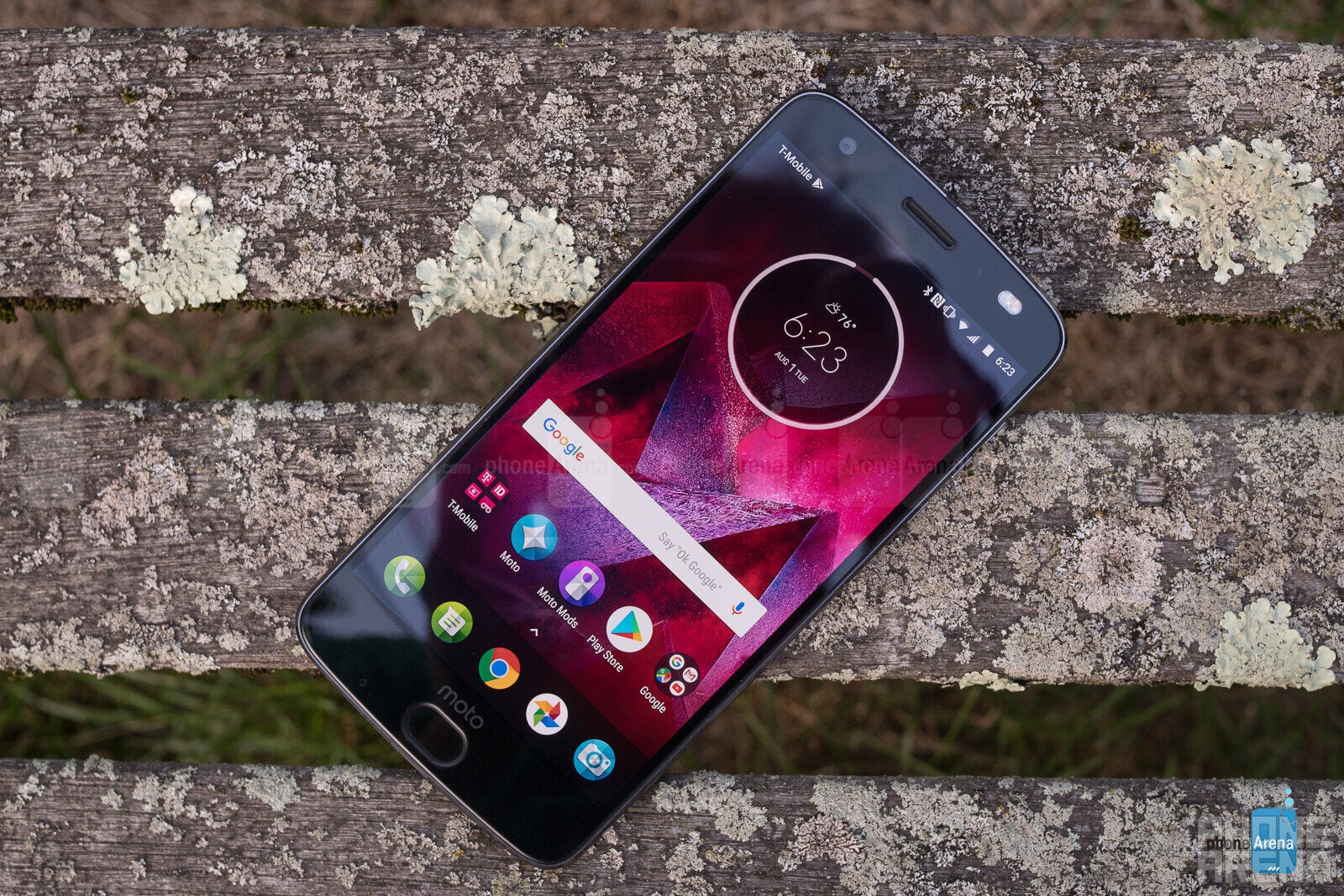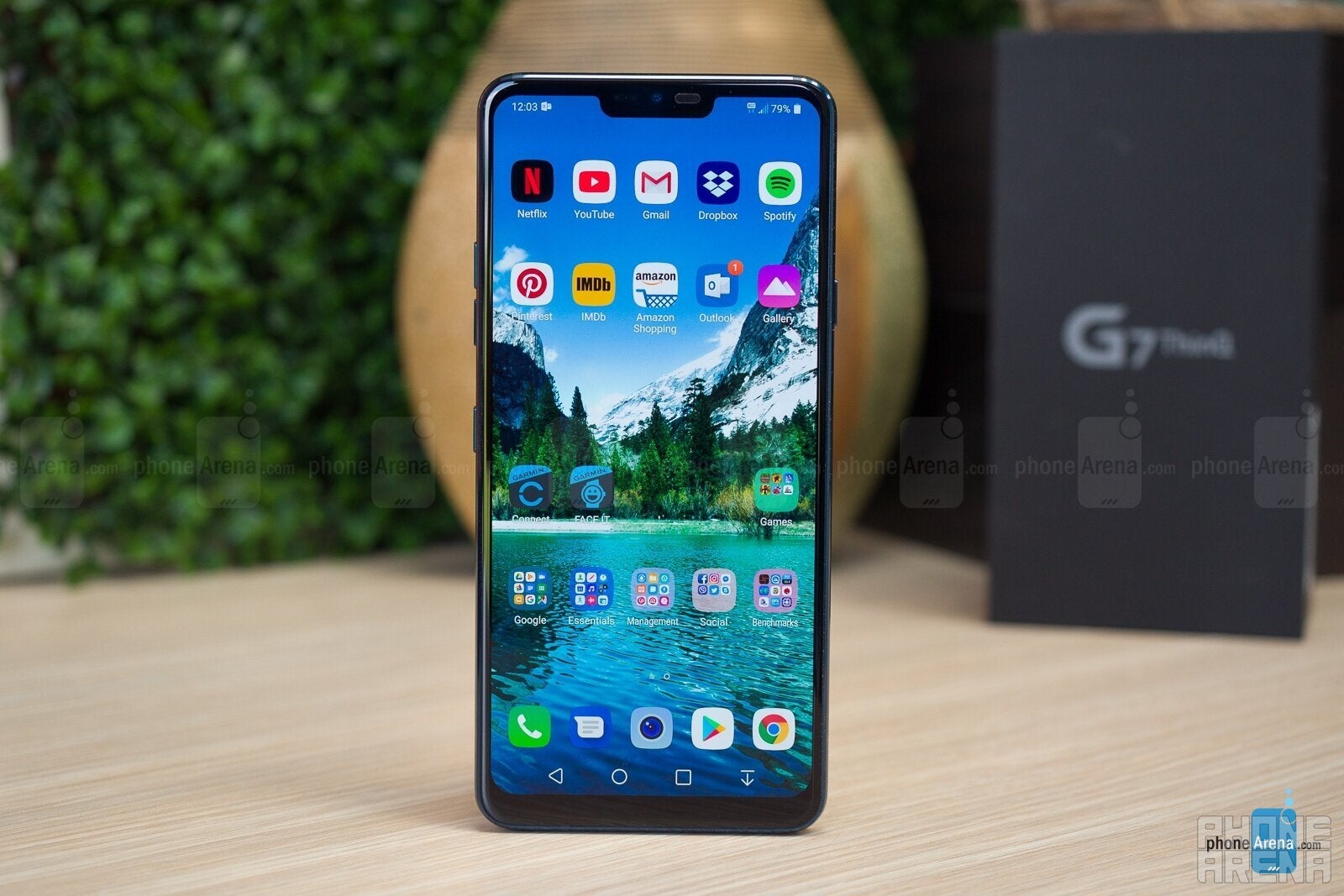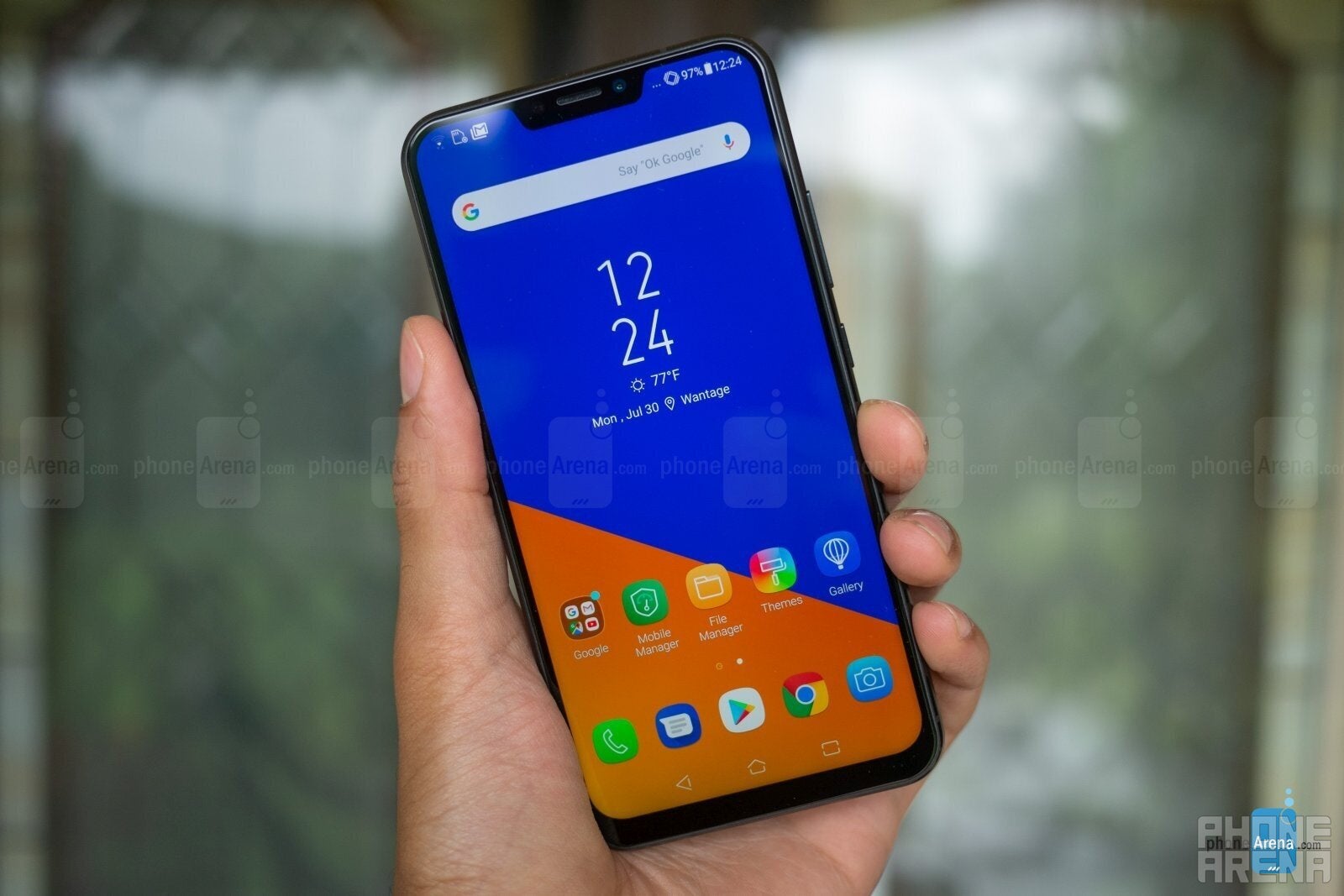The state of Android Pie updates on the eve of Android Q: the best and worst brands

Both a new version of Android and iOS are right around the corner, and we all know what that means. The deafening laments of most non-Pixel device owners forced to wait far too long for a major software update largely focused on refinement will only be surpassed by the pointless crowing of iPhone users failing to understand how much easier it is for Apple to have their backs.
But although it's clearly not fair to compare how fast iOS 13 and Android Q will be adopted by new and old devices, we're afraid it's that time of the year again. Android Pie has been out for more than 12 months already in its (theoretically) stable form, so it's time to examine the state of Google's battle against the old fragmentation plague. As always, the search giant gave third-party smartphone manufacturers complete freedom to skin, enhance, and optimize the stock Android 9.0 package before delivering it to the masses, with sometimes great and sometimes terrible results.
| Android version | Distribution (as of May 7, 2019) |
|---|---|
| Gingerbread | 0.3% |
| Ice Cream Sandwich | 0.3% |
| Jelly Bean | 3.2% |
| KitKat | 6.9% |
| Lollipop | 14.5% |
| Marshmallow | 16.9% |
| Nougat | 19.2% |
| Oreo | 28.3% |
| Pie | 10.4% |
Unfortunately, the official platform distribution chart was last updated a full three months ago, so we don't really have a current picture of the overall fragmentation situation. But clearly, things are still pretty bad, despite initiatives like Project Treble aiming to boost such numbers as a 10.4 percent market share for Android Pie at the beginning of May.
Without further ado, we'll now try to evaluate the efforts of some of the world's top Android smartphone vendors of keeping their handsets up to date over the past year. Hopefully, you'll find our evaluation useful in helping you decide what brand to buy your next phone from. That is, if you don't necessarily agree that Android updates don't matter anymore.
Samsung

A standout vendor for a long time now, Samsung did a pretty mediocre job of updating some of its most popular phones to Android Oreo last year. But perhaps the recent global mobile industry slump was the wake-up call the company needed to turn the page to an exciting new chapter. The One UI chapter didn't just erase many of the bad TouchWiz usability memories, also helping the Galaxy S9 score Pie-flavored goodies in parts of the world before 2018 ended.
That was a stellar turnaround time for such a heavily modified update, and one by one, the Galaxy Note 9, Note 8, and Galaxy S8 duo followed suit. Naturally, it took a little longer for Android Pie-based One UI enhancements to roll out stateside, but all in all, Samsung definitely stepped up its software support game.
Verdict: that's more like it
Huawei

While it's a tad harder to track the work of such a prolific company that sells dozens of models at once in China and the old continent but not the US, Huawei made our life easier by boasting a crazy number a couple of months back. Apparently, no less than 80 million users had already switched to EMUI 9, the brand's proprietary take on Android 9, and that mind-blowing figure was expected to grow to 100 million by the end of June.
We're not sure if that actually happened, but after rolling out delicious Pies for a bunch of own-brand and Honor high-enders and mid-rangers, the tech giant continued its tour de force with several more updates last month. All this incredible work makes it that much more painful to think that Huawei could be banned from using Android soon enough.
Verdict: Android needs Huawei as much as Huawei needs Android

It goes without saying that Pixel devices were the world's first to receive Android Pie a year ago, but apart from obligatorily leading the way in this area, Google also did a couple of things worth highlighting. While the Android 9.0 build wasn't exactly a groundbreaker in terms of game-changing new features, its stability was a clear improvement over that of 8.0 and 8.1 Oreo right off the bat. Just think of all the bugs that plagued the Oreo-flavored Pixel user experience and notice how few critical issues derived from the Pie update.
Secondly, Google extended the support of the 2016-released Pixel and Pixel XL "by popular demand", which means owners of those classic "pure Google" handsets are looking at three major OS updates instead of the initially promised two. Another one and Google would finally catch up with Apple.
Verdict: the best a purist can get
Motorola

The undisputed champion of US budget phones went into the Android Pie era with a spotty software support track record, and unfortunately, many hardcore Moto fans were once again left disappointed by the pace of the company's updates. The crazy popular Moto G6, for instance, was left waiting until July and what's even worse is that the tardy Android 9.0 promotion came with a fair share of catastrophic bugs.
But arguably the most depressing thing to see was three major US carriers pulling the plug on 2017's high-end Z2 Force. Technically, that's not Motorola's fault, but something tells me the company didn't exactly go the extra mile in trying to convince AT&T, T-Mobile, and Sprint to reconsider their poor decision.
Verdict: the worst
LG

Instead of constantly releasing instantly forgettable new high-end models, LG may want to remember those lofty promises made when setting up its so-called "Software Upgrade Center" last year. That... doesn't seem to be working so well, as the otherwise excellent V30 is still stuck with Oreo in the US, while the newer G7 ThinQ barely managed to make the jump to Android 9.0 earlier this week in its US unlocked variant.
Verdict: somehow even worse
Nokia

The iconic resurrected brand made a big splash as soon as it was brought back from the dead by HMD Global, which chose to focus on providing a squeaky clean user experience and timely updates. Said updates reached as low on the food chain as the entry-level Nokia 1. That's right, Android Pie can run smoothly on a 1GB RAM system. Now tell us more about the "variety of reasons" why the Z2 Force can't receive the update on three carriers with 4 gigs of memory and a Snapdragon 835 processor, Motorola.
Verdict: simply the best
OnePlus

A lot of things happened in the last year that boosted the brand's status from a startup and underdog to a mainstay of the global mobile industry, but unlike other mainstays (cough, Motorola and LG, cough), OnePlus hasn't forgotten about the basics yet. Listening to customer feedback and delivering speedy, frequent updates are a big reason why the company grew so much and so fast, which is why it was great to see the OnePlus 6 treated to an Android Pie makeover shortly after Google's own Pixels. What's perhaps even cooler is that the ancient OnePlus 3 and 3T are an official part of the Android 9.0 club as well.
Verdict: better than most
HTC

If you're still hoping the makers of the first-ever Android phone can mount an unlikely comeback and return from the brink of extinction, then you probably don't own a 2017 or 2018 flagship. Otherwise, odds are you'd be done forever with a company that has barely kicked off the North American Pie rollout for the U11 last week. That's just... embarrassing, and yes, things are even worse as far as the newer U12+ is concerned.
Verdict: a shadow of its former self
Sony

Updates have never been Sony Mobile's biggest problem, but alas, everything else still is. That being said, if you don't mind being in a minority of only a few hundred thousand people, you can probably buy the Xperia 1, 10, or 10 Plus and confidently expect an Android Q promotion in just a few months based on how fast Sony provided Pies for several mid-range and high-end devices.
Verdict: good but overlooked
Asus

Unlike Sony, this generally overlooked brand has a decent chance of rising through the ranks after streamlining its product portfolio and focusing on an impressive ROG Phone 2 and an impressively affordable ZenFone 6. Until that happens, the company managed to navigate a crowded and confusing lineup quite well, snubbing a few models but updating the most important ones relatively quickly.
Verdict: not great, not terrible
Xiaomi, Oppo, and Vivo

Like Huawei (or even more so), these three big Chinese brands are pretty hard to follow with zero US market presence and stagnant European sales numbers of late. But as far as we can tell, all three have managed to do a decent enough job in most regions and for most popular models, including several ultra-affordable mid-rangers. Unfortunately, their proprietary skins often make the Android experience wholly unrecognizable for the platform's hardcore fans, thus limiting the mass appeal of these phones in certain crucial markets.
Verdict: still plenty of room for improvement
Razer, BlackBerry, and Essential

No, it's definitely not fair to lump together these brands, as Essential is essentially as fast as Google in delivering both big and small updates, while Razer has only brought Pie to its second phone, and there's absolutely no news to report on that front as far as both the BlackBerry KEY2 and KEY2 LE are concerned. But at the end of the day, software support is important if anyone actually uses these phones, and what we're looking at here is three equally irrelevant brands. The Razer Phone 3, BlackBerry KEY3, and Essential Phone 2 could still change that... eventually, but for the time being, that's just how things are.
Verdict: who cares?










Things that are NOT allowed: